FAQ: Clarifying Kink-Affirming Therapy and Addressing Common Misconceptions
Is BDSM abuse?
No. BDSM—short for Bondage, Discipline, Dominance, Submission, Sadism, and Masochism—is a form of consensual adult expression. Healthy BDSM involves negotiation, communication, mutual agreement, and consent. Abuse, by contrast, is non-consensual, coercive, and harmful. The difference is not just important—it’s fundamental.
Aren’t most people into BDSM traumatized or acting out abuse?
This is a common myth, but not supported by research. While some people with trauma histories find healing in consensual kink, many BDSM practitioners have no trauma history at all. People engage in kink for many reasons—pleasure, intimacy, empowerment, play—not pathology.
Is it true that BDSM is linked to sex trafficking or child abuse?
No. Conflating consensual kink with sex trafficking or child abuse is both inaccurate and harmful. Kink communities emphasize consent, boundaries, and mutual respect. Sex trafficking, by definition, involves coercion and exploitation—things the kink community actively opposes. Children DO NOT participate in the kink community, and implying that kinksters are pedophiles is insulting, harmful, stigmatizing, and flat out wrong.
What about people who do BDSM professionally—like dominatrices? Isn’t that exploitative?
Many professionals in the kink and adult industries operate ethically, consensually, and with clear boundaries. Sex work is not inherently exploitative. What is exploitative is denying people autonomy over their bodies and choices. Kink-affirming therapy supports clients in understanding their experiences without judgment or moral panic.
Is kink dangerous for children to be around?
There is no evidence that people who practice BDSM in their adult relationships are inherently unsafe around children. Kink practitioners, like anyone else, are fully capable of parenting responsibly and separating adult behavior from family life. In fact, kink-affirming therapists help clients establish healthy boundaries in all areas of life, including parenting. There is no statistical evidence that BDSM practitioners, queer individuals, or sex workers are disproportionately represented among abusers. In fact, people who are part of LGBTQ+ and kink communities are more likely to be victims of abuse than perpetrators.
Isn’t porn proof that BDSM is violent and abusive?
Mainstream porn often misrepresents BDSM for shock value and profit. Ethical BDSM looks very different: it centers communication, trust, and care. Porn should not be used as a diagnostic tool—or a scapegoat—for understanding real human relationships.
Why offer kink-affirming therapy at all?
Because everyone deserves access to ethical, nonjudgmental care. Kink-affirming therapy helps clinicians avoid pathologizing clients, address real trauma without mislabeling consensual behavior, and create safer spaces for healing and self-discovery.
Aren’t you encouraging abuse by teaching these classes?
Absolutely not. The goal of kink-affirming education is to help clinicians distinguish between healthy consensual behavior and actual abuse. When therapists don’t understand kink, they risk misdiagnosing clients, shaming them, or failing to identify real harm.
I find BDSM upsetting or morally wrong. Can I still reach out to you?
I welcome respectful dialogue, even when we disagree. I am happy to share resources, discuss your fears and anxieties, and support you in understanding the community. However, I don’t engage with harassment, misinformation, or moral panic. If your intention is to convince me that I’m wrong or harmful, rather than to be curious, do not reach out. My work is grounded in evidence-based clinical practice and respect for all clients—regardless of how they express their sexuality.
